In the realm of cleanliness and hygiene, detergent powder has emerged as a stalwart companion for millions of households across the globe. Behind its remarkable ability to remove stains and combat dirt lies a sophisticated formula that combines science and innovation. In this article, we will delve into the world of detergent powder making formula, exploring its components, manufacturing process, and key considerations for entrepreneurs aiming to enter this lucrative market. Understanding the Formula: At its core, the detergent powder making formula relies on two main components: surfactants and builders. Surfactants, or surface-active agents, are responsible for reducing the surface tension between water and dirt, allowing it to be easily washed away. These surfactants can be of two types: anionic (negatively charged) and non-ionic (no charge). Builders, on the other hand, enhance the cleaning efficiency by preventing the negative effects of hard water, such as mineral deposits and soap scum.
detergent
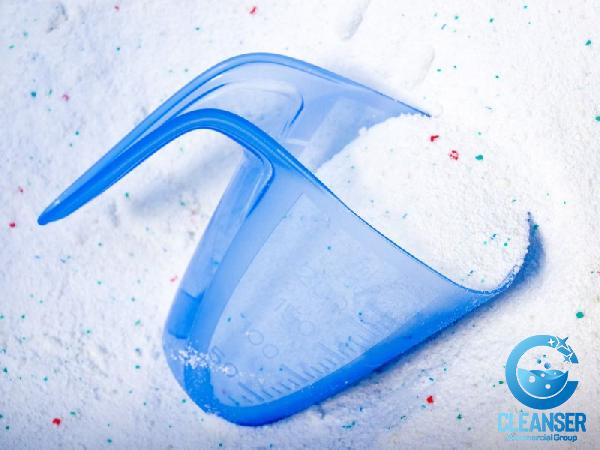 Components and Their Functions: 1. Surfactants: These are the key ingredients responsible for the detergent’s cleansing action. They help in breaking down, lifting, and emulsifying dirt and stains, making them easier to rinse away. Common surfactants used in detergent powder making include linear alkylbenzene sulfonates (LAS), alkylbenzene sulfonates (ABS), and alcohol ethoxylates. 2. Builders: Builders work hand in hand with surfactants, ensuring a more effective cleaning process. They play a vital role in softening water, preventing mineral deposits, and enhancing detergency. Popular builders employed in detergent powder making include sodium tripolyphosphate (STPP), sodium carbonate, and zeolites. 3. Enzymes: Many modern detergent powders also harness the power of enzymes to target specific types of stains, such as proteins, lipids, and carbohydrates. Proteases, amylases, and lipases are some commonly used enzymes known for their superior stain removal capabilities. Manufacturing Process: The manufacturing process of detergent powder involves a careful blending and combining of the aforementioned ingredients.
Components and Their Functions: 1. Surfactants: These are the key ingredients responsible for the detergent’s cleansing action. They help in breaking down, lifting, and emulsifying dirt and stains, making them easier to rinse away. Common surfactants used in detergent powder making include linear alkylbenzene sulfonates (LAS), alkylbenzene sulfonates (ABS), and alcohol ethoxylates. 2. Builders: Builders work hand in hand with surfactants, ensuring a more effective cleaning process. They play a vital role in softening water, preventing mineral deposits, and enhancing detergency. Popular builders employed in detergent powder making include sodium tripolyphosphate (STPP), sodium carbonate, and zeolites. 3. Enzymes: Many modern detergent powders also harness the power of enzymes to target specific types of stains, such as proteins, lipids, and carbohydrates. Proteases, amylases, and lipases are some commonly used enzymes known for their superior stain removal capabilities. Manufacturing Process: The manufacturing process of detergent powder involves a careful blending and combining of the aforementioned ingredients.
Specifications of detergent
 The process typically involves the following steps: 1. Weighing and Mixing: Accurate quantities of surfactants, builders, enzymes, and other additives are measured and mixed together to form a homogeneous blend. 2. Spray Drying: The blended mixture is then converted into a fine, powdered form using a spray drying process. This involves spraying the liquid mixture into a hot chamber, where it rapidly dries, forming small detergent particles. 3. Granulation: In some cases, the powdered detergent is further processed through granulation to improve its physical properties, such as flowability and bulk density. Granulation involves agglomeration of the powder particles into larger, uniform aggregates. 4. Packaging: The final step involves packaging the detergent powder into appropriate containers for distribution. This can include various types of packaging, such as pouches, boxes, or plastic containers. Key Considerations for Entrepreneurs: For entrepreneurs venturing into the detergent powder making industry, several factors should be taken into consideration: 1. Research and Development: Investing in research and development is crucial to stay ahead in the competitive detergent market. This includes innovative formulation, continuous improvement, and keeping up with consumer trends.
The process typically involves the following steps: 1. Weighing and Mixing: Accurate quantities of surfactants, builders, enzymes, and other additives are measured and mixed together to form a homogeneous blend. 2. Spray Drying: The blended mixture is then converted into a fine, powdered form using a spray drying process. This involves spraying the liquid mixture into a hot chamber, where it rapidly dries, forming small detergent particles. 3. Granulation: In some cases, the powdered detergent is further processed through granulation to improve its physical properties, such as flowability and bulk density. Granulation involves agglomeration of the powder particles into larger, uniform aggregates. 4. Packaging: The final step involves packaging the detergent powder into appropriate containers for distribution. This can include various types of packaging, such as pouches, boxes, or plastic containers. Key Considerations for Entrepreneurs: For entrepreneurs venturing into the detergent powder making industry, several factors should be taken into consideration: 1. Research and Development: Investing in research and development is crucial to stay ahead in the competitive detergent market. This includes innovative formulation, continuous improvement, and keeping up with consumer trends.
buy detergent
 2. Compliance with Environmental Regulations: With increased eco-consciousness, it is imperative to ensure that the detergent powder formula adheres to environmental regulations, including biodegradability and waste reduction. 3. Marketing Strategy: A robust marketing strategy is necessary to establish brand presence and attract customers. This can involve targeted advertising, brand positioning, and effective packaging. 4. Quality Control: Maintaining strict quality control measures throughout the manufacturing process is vital to ensure consistent product performance and customer satisfaction. Conclusion: The detergent powder making formula represents a harmonious blend of science, innovation, and consumer demand for cleanliness and hygiene. By understanding the key components, manufacturing process, and industry considerations, entrepreneurs can embark on the path to creating high-quality detergent powders that cater to the diverse needs of consumers. With careful planning and dedication to research and development, success in this industry can be achieved while making a positive impact on cleanliness worldwide.
2. Compliance with Environmental Regulations: With increased eco-consciousness, it is imperative to ensure that the detergent powder formula adheres to environmental regulations, including biodegradability and waste reduction. 3. Marketing Strategy: A robust marketing strategy is necessary to establish brand presence and attract customers. This can involve targeted advertising, brand positioning, and effective packaging. 4. Quality Control: Maintaining strict quality control measures throughout the manufacturing process is vital to ensure consistent product performance and customer satisfaction. Conclusion: The detergent powder making formula represents a harmonious blend of science, innovation, and consumer demand for cleanliness and hygiene. By understanding the key components, manufacturing process, and industry considerations, entrepreneurs can embark on the path to creating high-quality detergent powders that cater to the diverse needs of consumers. With careful planning and dedication to research and development, success in this industry can be achieved while making a positive impact on cleanliness worldwide.
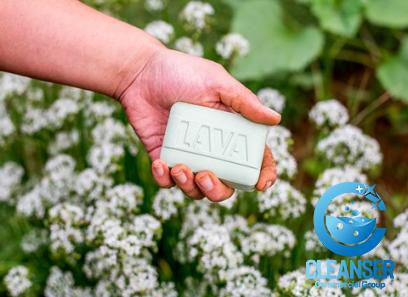

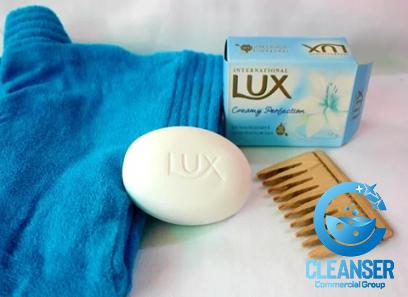
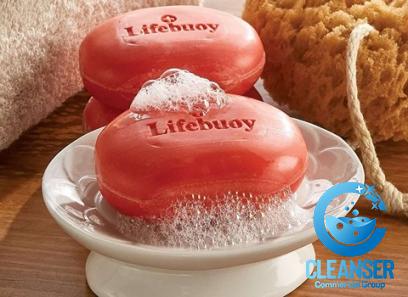
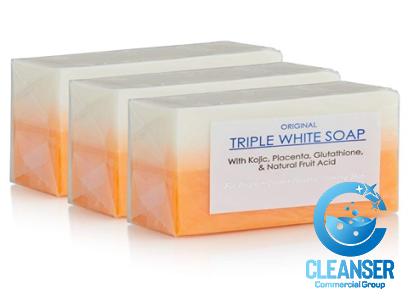


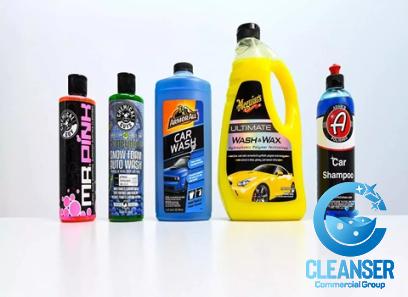
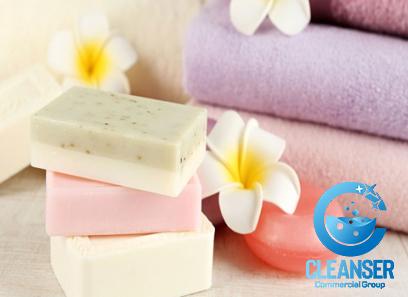

Your comment submitted.